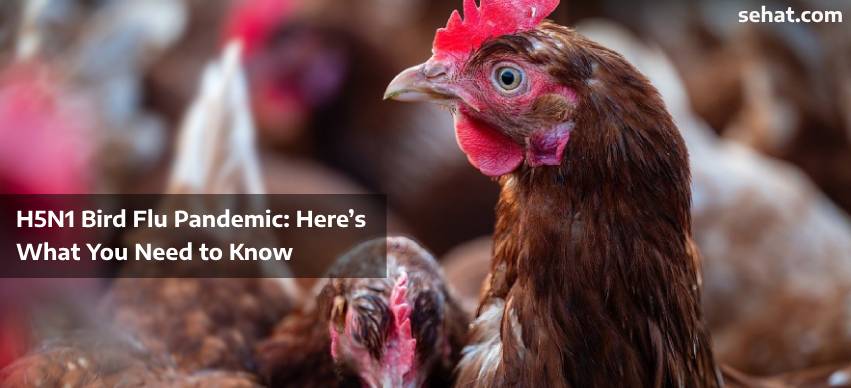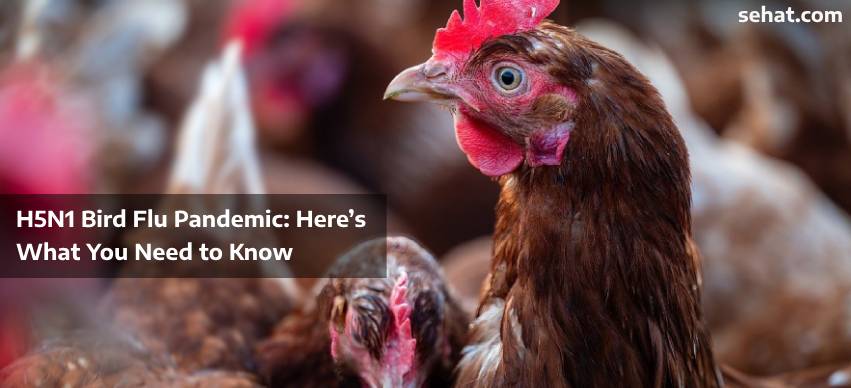How Communities Are Changing the Way We Think About Aging in..
8 Min Read


Bird flu has been around for a long time, but in 1996, scientists discovered a specific strain, called H5N1, that was considered highly pathogenic. Now, it seems like this virus is making a comeback, as experts have warned it could be much worse compared to Covid-19 if it started to spread to people.
The H5N1 bird flu is also known as the highly pathogenic avian influenza virus A. The name also refers to the specific RNA strands that researchers generally tend to target when creating antiviral drugs to counter the impact of these viruses. The H in the name stands for hemagglutinin, and the N is for neuraminidase.
The virus initially affects birds but can be carried over to humans. In humans, it’s considered a serious influenza infection, as the fatality rates are expected to be very high.
There have already been several reports of the virus spreading to humans. On 5 April 2024, an official report was noted in Texas, for example. Vietnam has also reported infections in humans with this kind of bird flu virus, but in this case, it was related to the H9N2.
The H5N1 virus is a strain of influenza, which means symptoms in humans will be similar to the flu. Some symptoms that people may experience if they have this infection include:
There are also more serious concerns when you take a closer look at the symptoms. These include seizures, pneumonia, respiratory distress, and eye infections. The H5N1 virus have also been linked to inflammation affecting both the heart and the brain.
As the H5N1 bird flu pandemic continues to cause concern throughout various countries, it’s important to understand how this virus spreads from birds to humans.
Infected birds may shake their heads, scratch themselves, and flap their wings. This causes the virus to enter the air through dust and droplets. When a human is in the environment, these viruses can then enter through the nose, mouth, or even the eyes and then cause infection.
People who are working with birds on a daily basis are especially at risk. Touch the bird and then touching the mouth, eyes, or nose, can cause the virus to transmit from the bird to the human.
Due to the high fatality rate associated with the H5N1 bird flu pandemic, it’s really important for people to learn how they can prevent transmission.
When working in an environment with birds, such as chickens, it’s important to get proper protection. This means wearing gloves and a facemask, as well as eye protection. A respirator can also be useful to prevent these viruses from entering through the mouth.
Even those who are not working in these environments need to keep themselves alert. This means not getting in contact with wild birds. Additionally, it’s important to wash hands with a good soap after handling poultry meat. Meat should also be properly cooked through to ensure there are no possible traces of the H5N1 influenza virus present.
Keeping up with the latest updates regarding the spreading of the bird flu pandemic can also be helpful. This helps people ensure they understand the risk in their local area.
Conclusion
With the rapid spreading of the H5N1 bird flu, it is already considered a pandemic. In humans, it’s expected to be even more severe than recent pandemics, which is why government officials, including the Whitehouse, are now actively monitoring this viral infection.